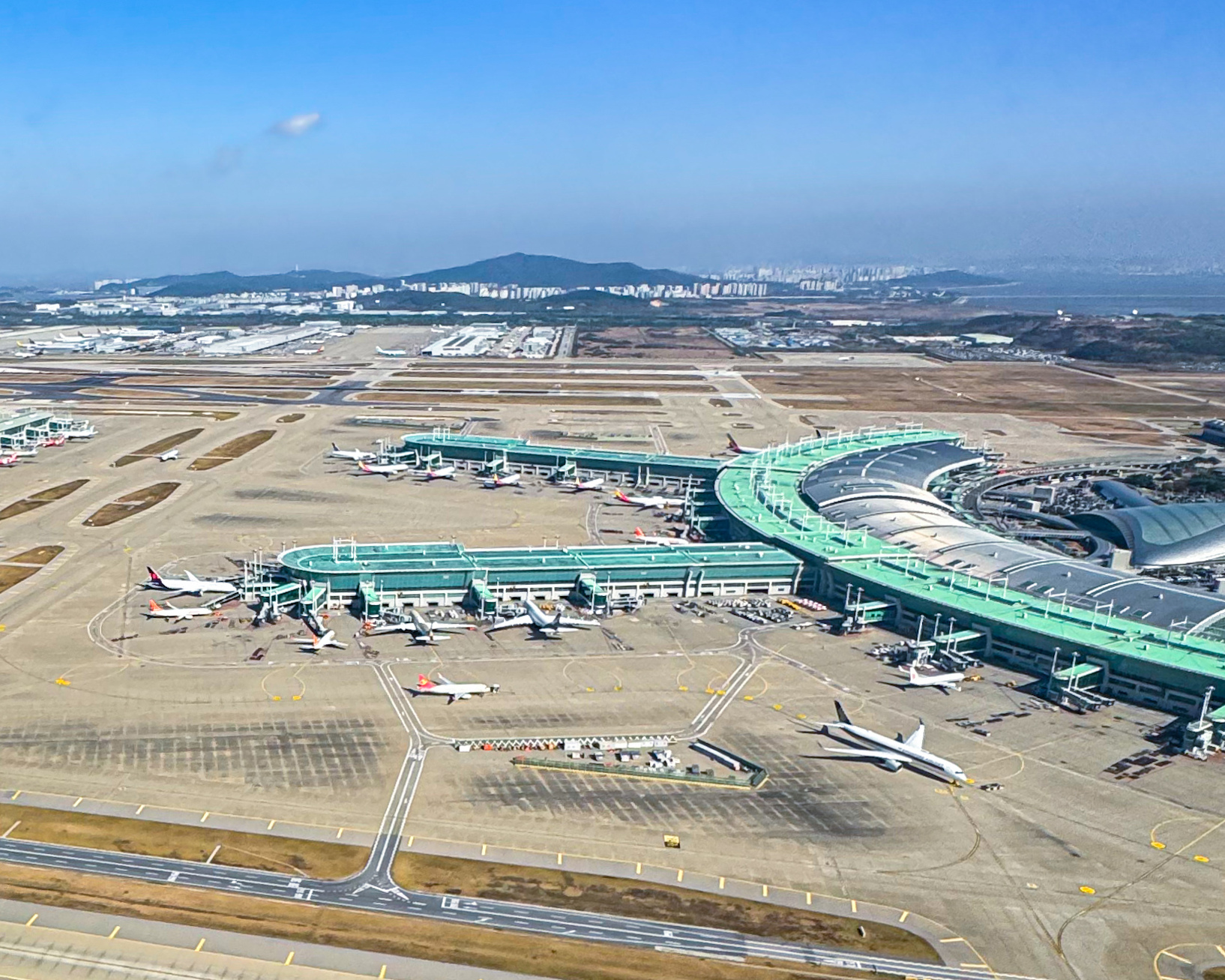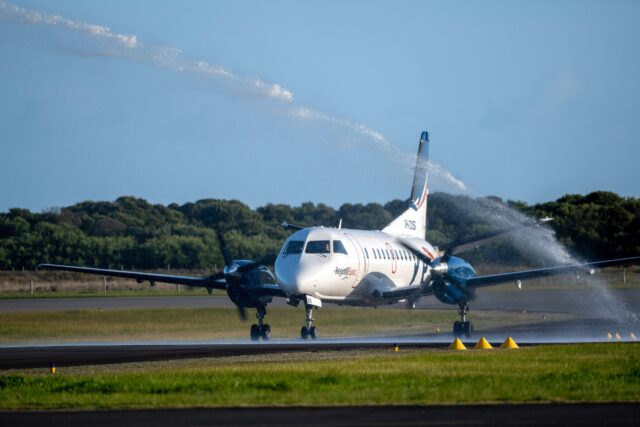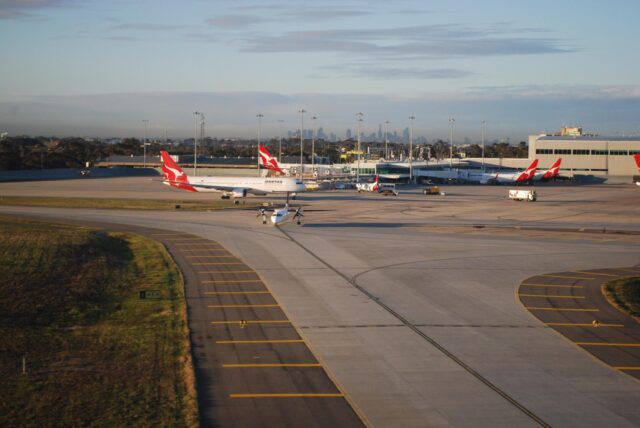When exams are so important they stop air traffic: Inside South Korea’s 35-minute nationwide flight pause

November 12, 2025

For one day each year, South Korea falls quiet — skies emptied, engines stilled, sirens hushed. It’s not a national emergency, but an exam.
On Thursday, the College Scholastic Ability Test (CSAT), South Korea’s crucial university-entrance examination, will prompt another nationwide operational pause of air traffic, as it has in previous years.
According to the Ministry of Land, Infrastructure and Transport (MOLIT), all aircraft take-offs and landings will be restricted between 13:05 and 13:40 local time (KST) to prevent noise disruption during the English listening section of the exam, which is deemed particularly sensitive to ambient noise.
What the CSAT flight suspension means for aviation
The MOLIT issues official guidance each year to help airlines and airports coordinate their efforts. The agency has developed a “real-time cooperation system” to manage the flight halt involving the ATC agencies, the Korea Airports Corporation (KAC), and the Incheon International Airport Corporation (IIAC).
Under the MOLIT’s test-day rules, aircraft already airborne must maintain an altitude of 3 km or higher (except in emergency/urgent-flight cases) to minimise potential acoustic interference with the test’s sensitive English audio portion. These rules apply nationwide, including to international traffic.
This year, the MOLIT restriction will affect the schedules of 140 flights—65 domestic and 75 international.
Airlines will notify their passengers of schedule changes. Their operations centres plan for any aircraft that must hold during the window and factors in the additional transfer time required due to the pause. They also operate with an extra buffer for any flight disruptions after the window.

Airports and air traffic authorities will coordinate the enforcement of the altitude ground-restriction regime. Airports must sequence flights so none begin take-off or landing during the window. Arrivals are scheduled slightly earlier, departures slightly later, and holding patterns arranged for any that might cross the window.
The restriction also extends to drone and ultralight aircraft operations, as well as to military flights. As reported by Stars and Stripes, “Military aircraft, including those operated by U.S. Forces Korea, will also be grounded per tradition.” Military operations are also adjusted with restrictions on “training exercises, vehicle movements and base broadcasts near exam sites.”
Provisions are also made for personnel: South Korean service members are allowed to report to work later to relieve traffic, and parents of students taking the exam are given the day off.
A life-changing exam worth halting everything for
While this may seem extreme by many aviation operational norms, it reflects the social importance of the CSAT in South Korean society: it is one of the most consequential single-day tests for students.
The CSAT is a high-stakes exam that significantly impacts a student’s chances of long-term success. The results of this competitive exam can determine their eligibility for South Korea’s top institutions.
According to The Cornell Diplomat, “approximately 70% of high school graduates pursue higher education, but only 2% secure spots in the prestigious SKY universities” (Seoul National University, Korea University, and Yonsei University), with the stressful 8-hour exam determining their future prospects.
The call for quiet does not only apply to aviation. All of South Korea goes silent on exam day, with many businesses and the stock market opening later to accommodate the test schedule. Roads are briefly closed, and local transport is arranged to meet students’ needs, including police escorts for those running late for the exam.
- Get the latest aerospace defence news here on AGN.
- Find the latest aviation industry news right here.
Featured Image: Simply Aviation | Wikimedia Commons
















